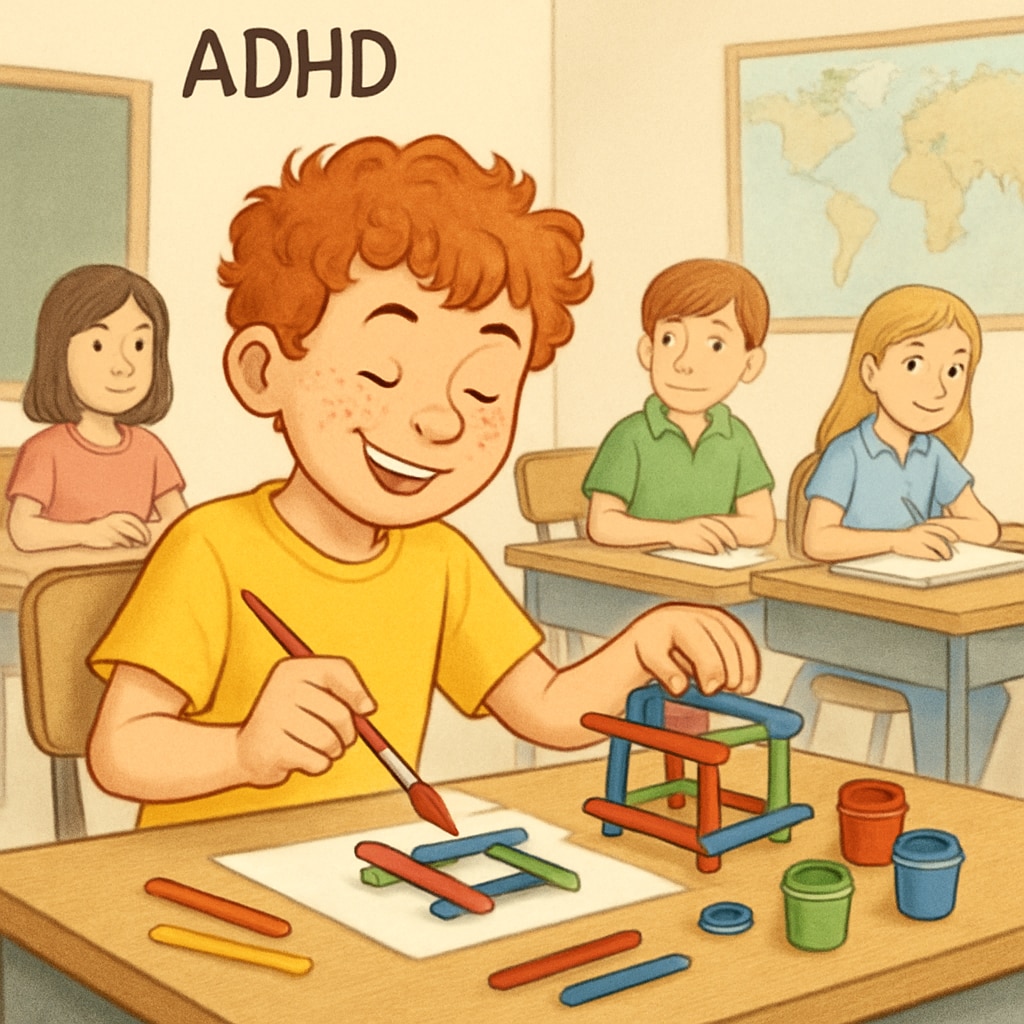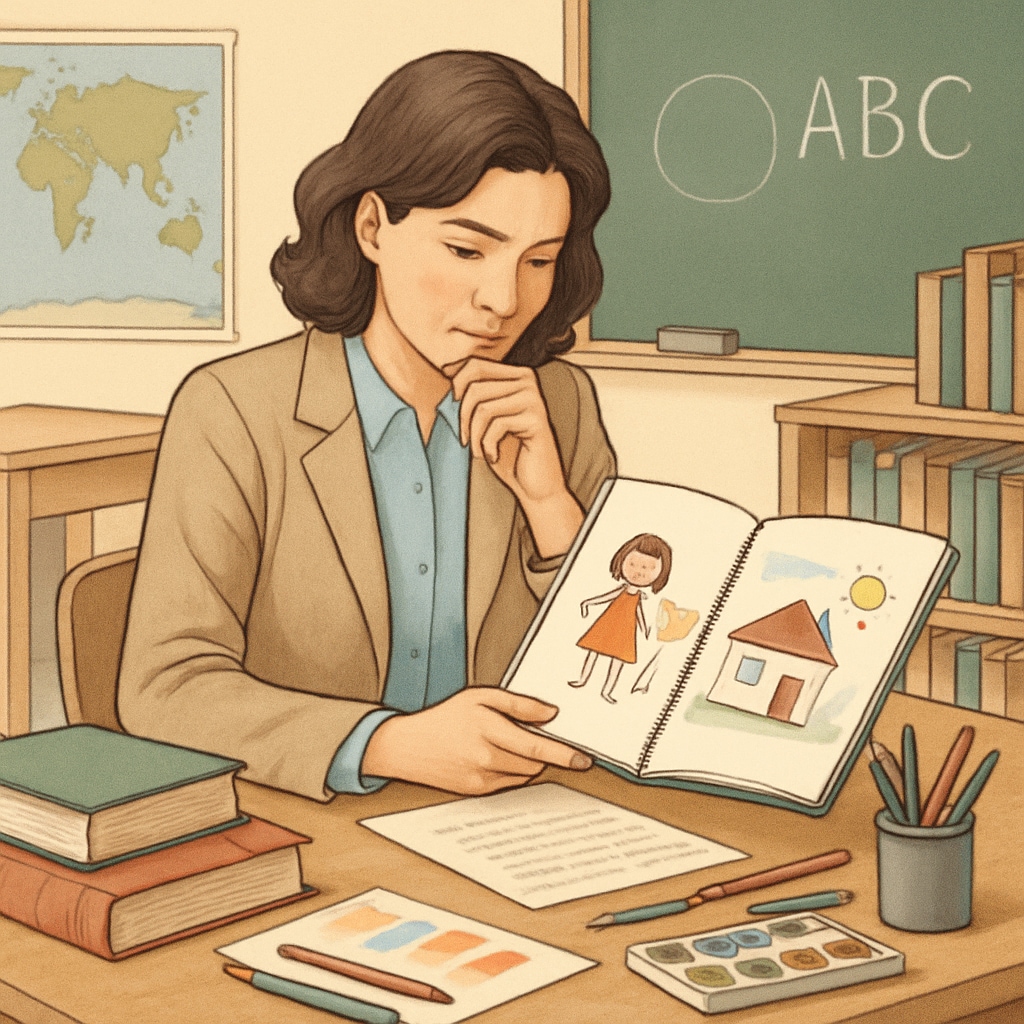Standardized testing has long been the cornerstone of identifying students for gifted programs, but this approach often excludes students with ADHD who possess exceptional potential. Current evaluation systems are structured around rigid criteria that fail to account for diverse learning profiles, leaving many capable students overlooked. By rethinking these systems, we can create a more inclusive approach that values the unique contributions of all learners.
Structural Flaws in Standardized Testing
Standardized tests are designed to measure specific academic abilities, such as logical reasoning, problem-solving, and knowledge retention. While this approach works for many students, it disproportionately disadvantages those with ADHD. Children with ADHD often struggle with sustained attention and executive functioning, but they may excel in creativity, innovation, and out-of-the-box thinking. These talents, unfortunately, are not measurable by traditional test formats.
For example, ADHD students may excel at generating unique ideas during brainstorming sessions, but they may struggle to complete timed tasks or follow strict instructions during standardized exams. As a result, their potential is easily overshadowed by their challenges, leading to systemic exclusion from gifted programs.

Rethinking Gifted Identification Systems
To address this inequity, educators and policymakers must expand the criteria for gifted student identification. Here are several strategies to consider:
- Holistic Assessments: Incorporate portfolios, interviews, and teacher recommendations alongside standardized tests to evaluate a student’s full range of abilities.
- Creativity-Based Measures: Develop testing methods that focus on divergent thinking and creativity, areas where ADHD students often shine.
- Flexible Testing Conditions: Allow accommodations such as extended time or alternative formats to reduce anxiety and improve focus during evaluations.
- Training for Educators: Educators should receive training to recognize ADHD strengths, such as creativity and problem-solving, rather than focusing solely on deficits.
By implementing these changes, we can create a more inclusive system that values diverse cognitive profiles and ensures that no student’s talent is overlooked.

The Importance of Inclusivity in Gifted Education
Inclusion in gifted programs is not just about fairness—it’s about fostering innovation and diversity. Students with ADHD often think differently from their peers, offering fresh perspectives and solutions to complex problems. By excluding these students, we risk limiting the intellectual diversity that drives progress in schools and society.
For example, ADHD is often associated with high levels of creativity, spontaneity, and risk-taking—qualities that are invaluable in fields such as technology, arts, and entrepreneurship. Recognizing these strengths in educational settings can inspire confidence in ADHD students and help them realize their full potential.
As a result, inclusivity in gifted education benefits not only the students but also the broader community. By nurturing diverse talents, schools can become hubs of innovation and creativity that prepare students for success in an increasingly complex world.
Conclusion: Creating Opportunity for Every Gifted Learner
The flaws in current standardized testing systems have far-reaching consequences for students with ADHD. By rethinking assessment methods, embracing holistic evaluations, and fostering inclusivity, we can ensure that every gifted learner has the chance to thrive. It’s time to move beyond rigid criteria and recognize the diverse abilities that make every student unique.
For more information on ADHD and education reform, explore authoritative resources such as ADHD on Britannica and Gifted Education on Wikipedia.
Readability guidance: This article uses short paragraphs, active voice, and accessible language to ensure clarity and engagement. Lists are included to summarize key points, and transitions like “for example” and “as a result” maintain a logical flow.


